How are Americans bracing for the end of SNAP?
Millions depend on supplemental federal food funds that are set to expire this month, as the government shutdown begins to be acutely felt
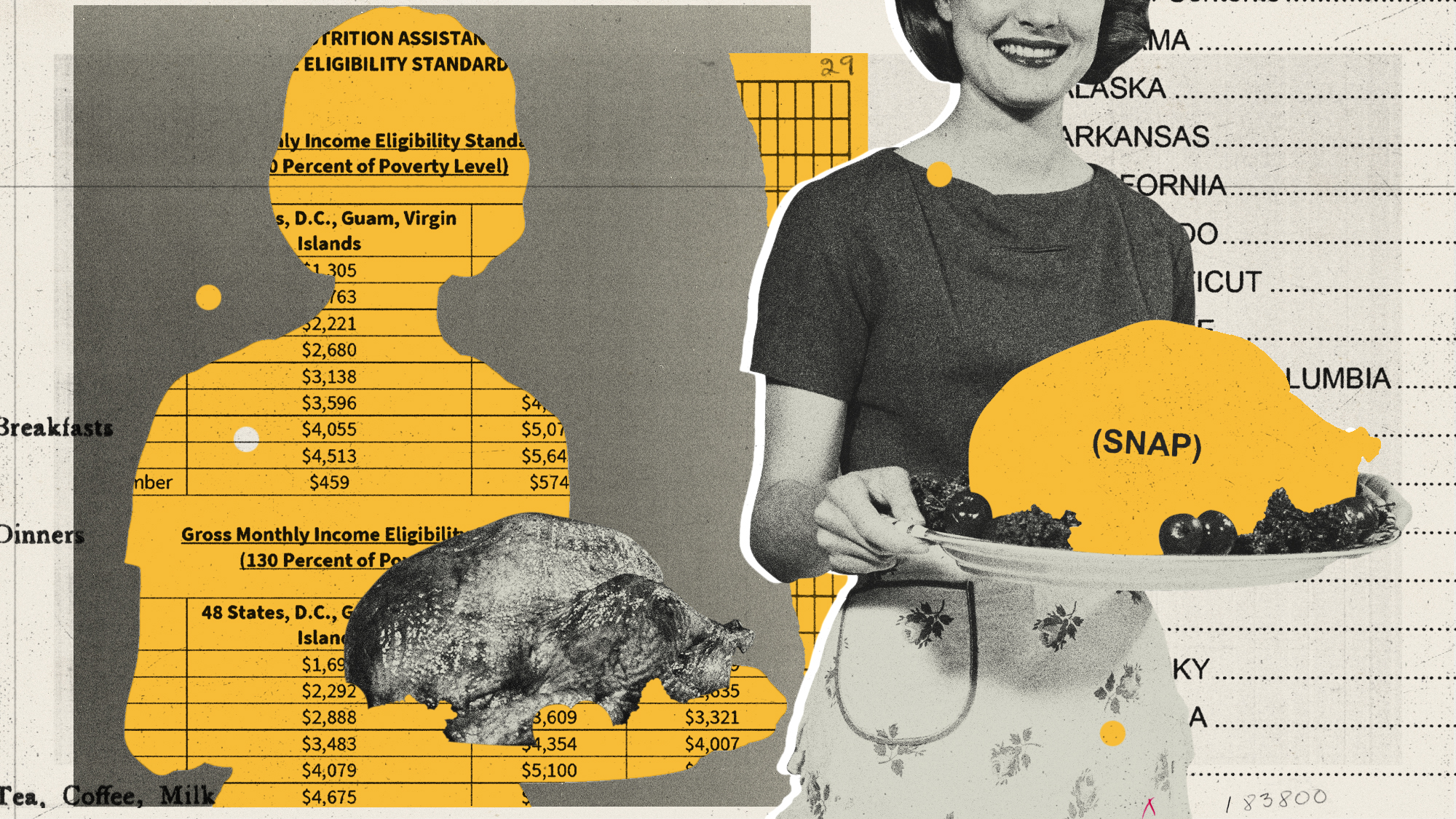

November is on the horizon, and with it the prospect that huge swaths of the public may go dangerously hungry. The ongoing government shutdown now threatens the Supplemental Nutrition Assistance Program (SNAP), which more than 42 million Americans rely on to afford basic food needs. “Bottom line, the well has run dry,” said the Trump administration in a message on the website for the Department of Agriculture, which oversees the program. “At this time, there will be no benefits issued November 1.”
With the largest food assistance program in the country now effectively offline for the coming month, millions of people are bracing themselves for deepening food insecurity. This moment arrives amid a surging demand for help that activists and organizers worry will be impossible to meet.
What did the commentators say?
SNAP beneficiaries facing nutritional shortages “can use food banks and other subsidized meal programs” during the shutdown to supplement their food options, said USA Today. Because the program relies on “cooperation between state agencies, which oversee benefits, and the federal government, which pays for them,” SNAP recipients can also check with their individual states for alternate food programs.
The Week
Escape your echo chamber. Get the facts behind the news, plus analysis from multiple perspectives.

Sign up for The Week's Free Newsletters
From our morning news briefing to a weekly Good News Newsletter, get the best of The Week delivered directly to your inbox.
From our morning news briefing to a weekly Good News Newsletter, get the best of The Week delivered directly to your inbox.
While alternate supplemental food programs exist, the loss of SNAP funding represents the “greatest hunger catastrophe in America since the Great Depression,” said Joel Berg, the CEO of Hunger Free America, to The Guardian. “I don’t say that as hyperbole.” Food banks, which serve as a “last resort for tens of millions of hungry Americans,” are now bracing for an “even greater surge in demand” that will “almost certainly exceed their capacity to respond,” The New York Times said. “Several” food pantry operators said that “for every nine meals that were supplied by federal food assistance,” local banks can typically offer “only one on their own.”
The looming SNAP disruption has prompted preemptive responses from corporate America. “No one should go hungry in America — period,” said Vice President and Global Head of Public Policy at DoorDash, Max Rettig, in a press release announcing the launch of the company’s new “Emergency Food Response.” DoorDash will deliver “1 million free meals through food banks” and will waive “fees for 300,000 SNAP recipient grocery orders,” the company said. Representatives from the grocery sector have similarly “warned about the potential fallout” of ending SNAP benefits, said Newsweek. SNAP benefits “make up about 8% of all retail spending on groceries,” said economist Ismael Martinez to the outlet. “Even a short interruption of this spending could lead to layoffs or other painful adjustments in this sector.”
SNAP is a “powerful economic engine for communities big and small,” said the National Grocers Association in a statement urging Congress to fund the program. It supports “over 388,000 American jobs” while generating “over $20 billion and $4.5 billion in wages and tax revenue, respectively.”
What next?
The decentralized nature of SNAP administration means that different states have been “reacting to the news differently,” said The Hill. Attorneys general and governors from 25 Democrat-led states filed a lawsuit on Tuesday in an attempt to force the Trump administration to fund SNAP, said USA Today. The lawsuit argues that “suspending SNAP benefits is avoidable, arbitrary and is being carried out in violation of the Food and Nutrition Act, which requires that ‘assistance under this program shall be furnished to all eligible households.’”
A free daily email with the biggest news stories of the day – and the best features from TheWeek.com
In Virginia, Gov. Glenn Youngkin (R) declared a state of emergency to “provide emergency hunger relief for Virginians” in a press release that was heavy on finger-pointing at congressional Democrats. Leaders in New York, “already bracing for major changes to SNAP under President Donald Trump’s signature policy legislation,” have released $30 million in emergency funds intended to “flow to food banks and other organizations that offer food assistance,” as well as cover 16 million meals for residents “whose benefits will lapse next month,” said Crain's New York Business.
For states that do find ways to load crucial funds onto SNAP beneficiaries' electronic benefit transfer cards, there’s still “no guarantee they will be reimbursed by the federal government,” said CivilEats. “Unfortunately,” said Katie Bergh, the senior food assistance policy analyst at the Center on Budget and Policy Priorities, “putting up funding for a program as large as SNAP without that guarantee of federal reimbursement is not something that we expect that many states will be able to do.”
Rafi Schwartz has worked as a politics writer at The Week since 2022, where he covers elections, Congress and the White House. He was previously a contributing writer with Mic focusing largely on politics, a senior writer with Splinter News, a staff writer for Fusion's news lab, and the managing editor of Heeb Magazine, a Jewish life and culture publication. Rafi's work has appeared in Rolling Stone, GOOD and The Forward, among others.
-
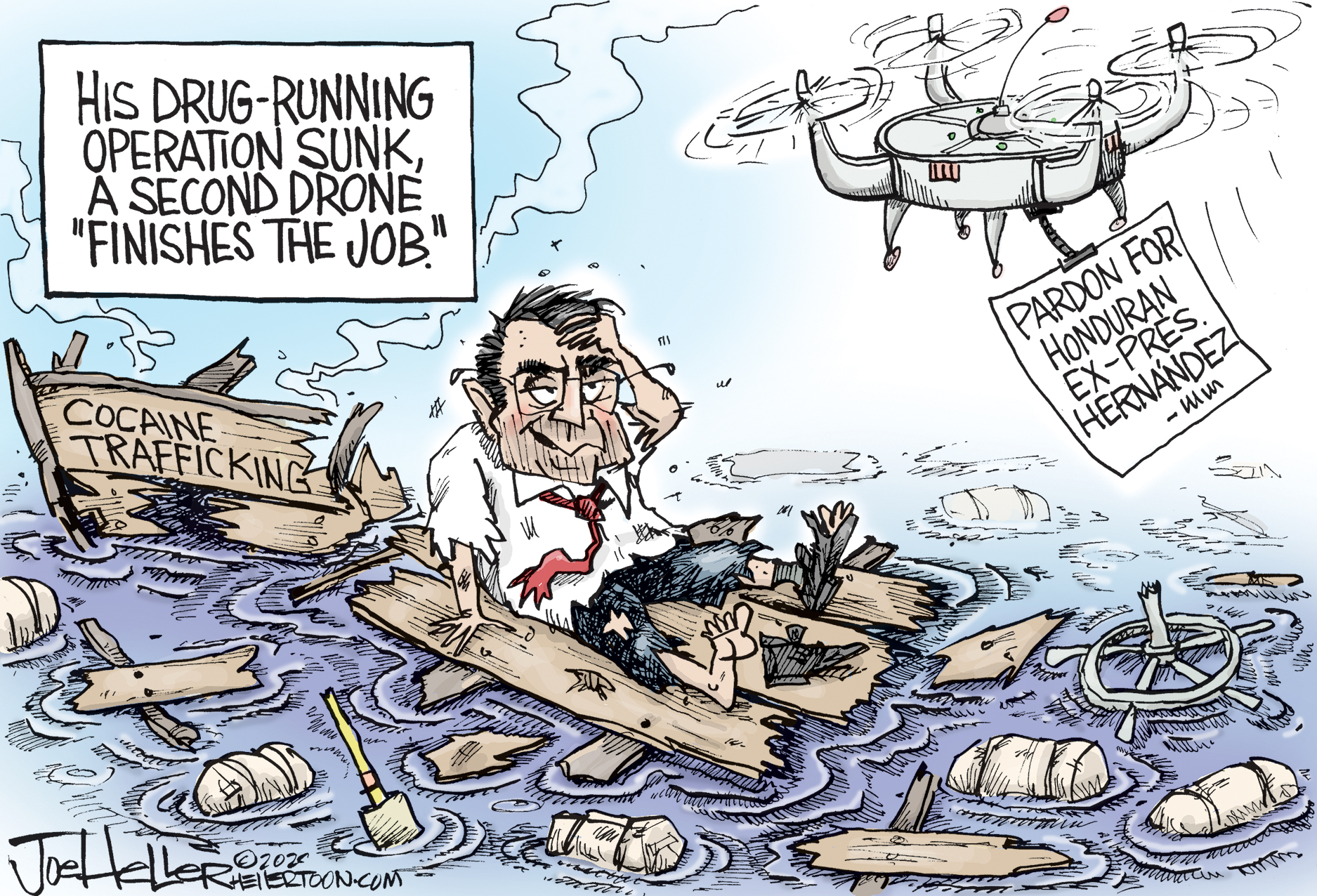 Political cartoons for December 6
Political cartoons for December 6Cartoons Saturday’s political cartoons include a pardon for Hernandez, word of the year, and more
-
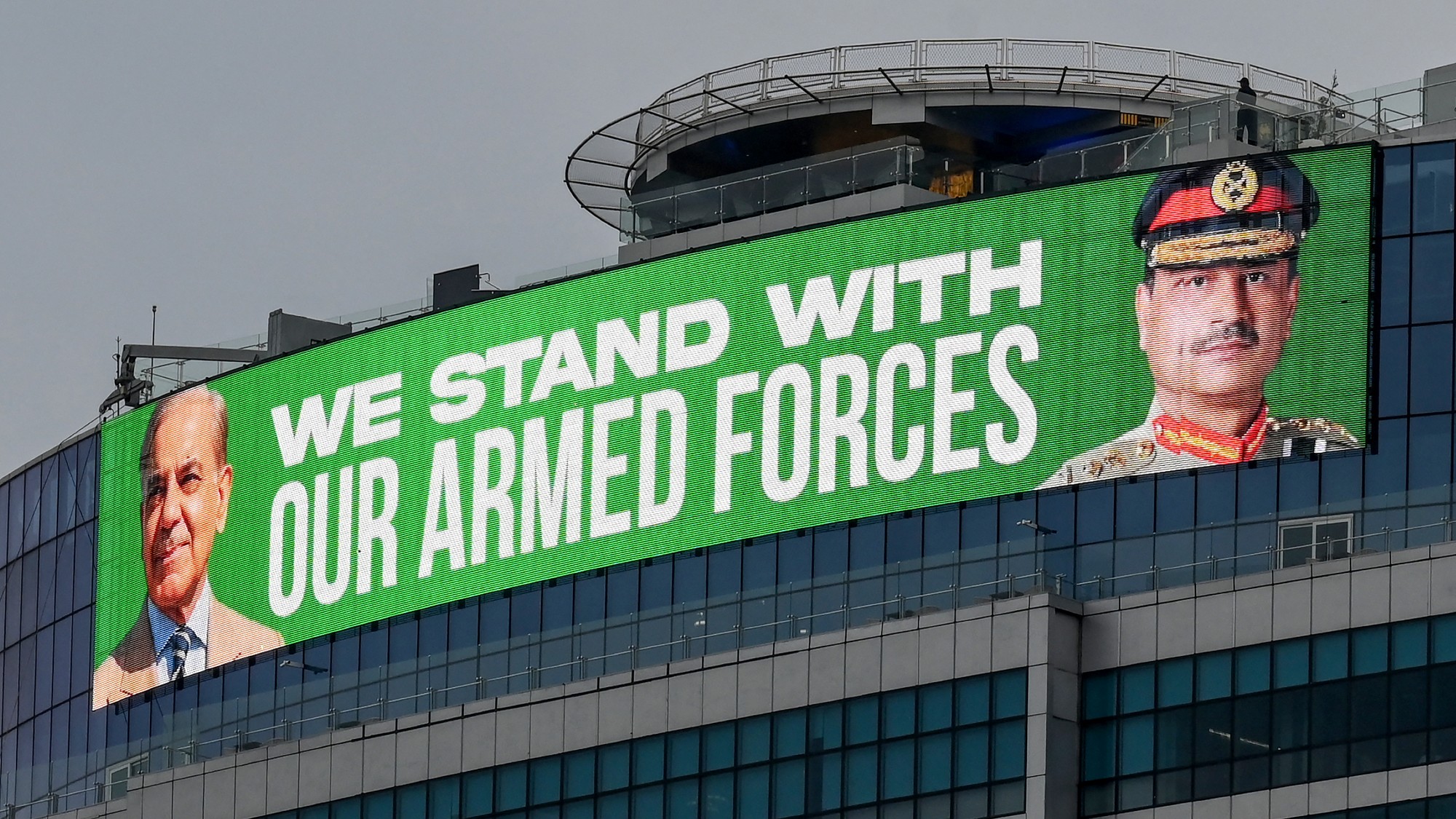 Pakistan: Trump’s ‘favourite field marshal’ takes charge
Pakistan: Trump’s ‘favourite field marshal’ takes chargeIn the Spotlight Asim Munir’s control over all three branches of Pakistan’s military gives him ‘sweeping powers’ – and almost unlimited freedom to use them
-
 Codeword: December 6, 2025
Codeword: December 6, 2025The daily codeword puzzle from The Week
-
 Can Mike Johnson keep his job?
Can Mike Johnson keep his job?Today's Big Question GOP women come after the House leader
-
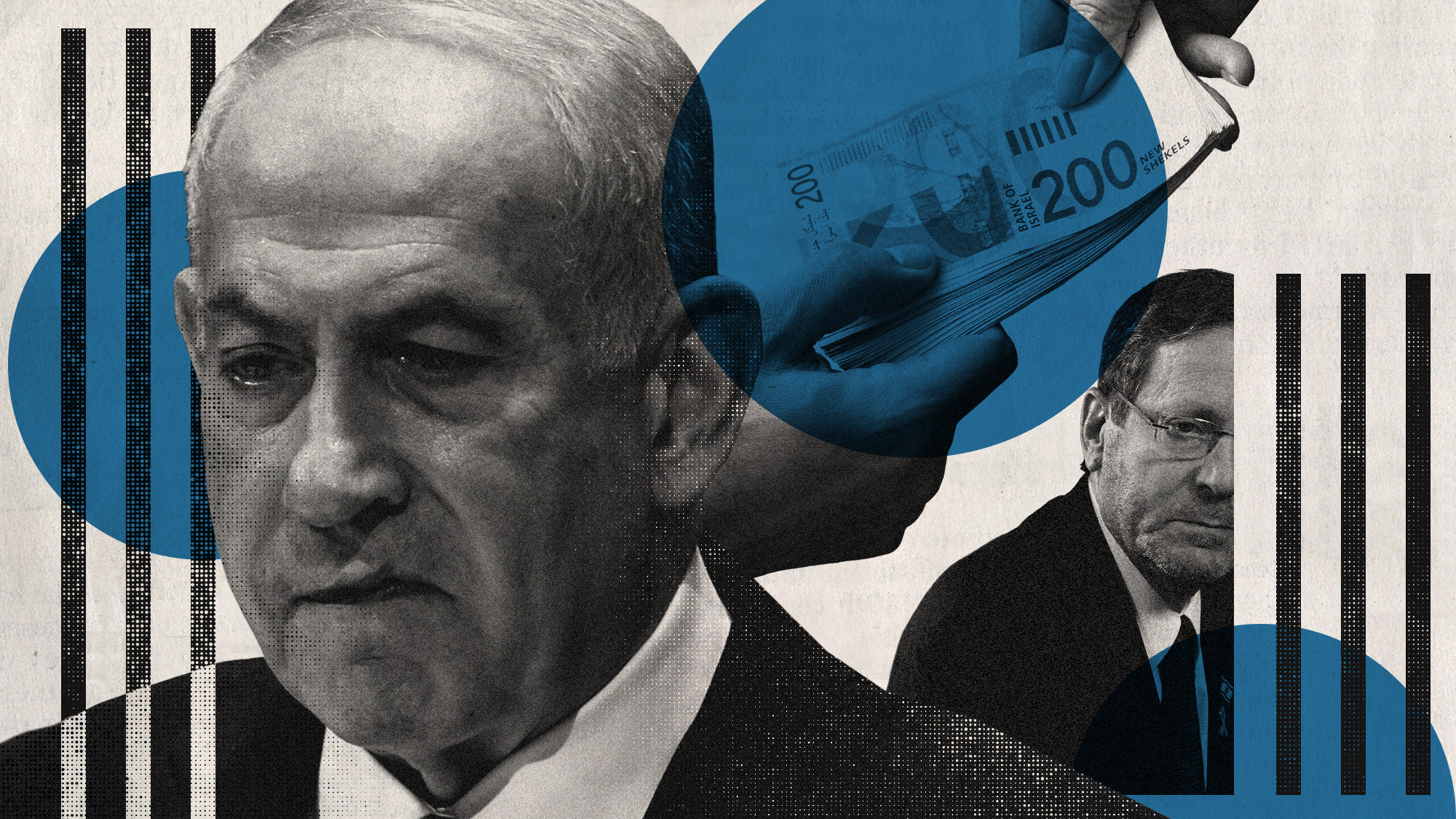 Will Netanyahu get a pardon?
Will Netanyahu get a pardon?Today's Big Question Opponents say yes, if he steps down
-
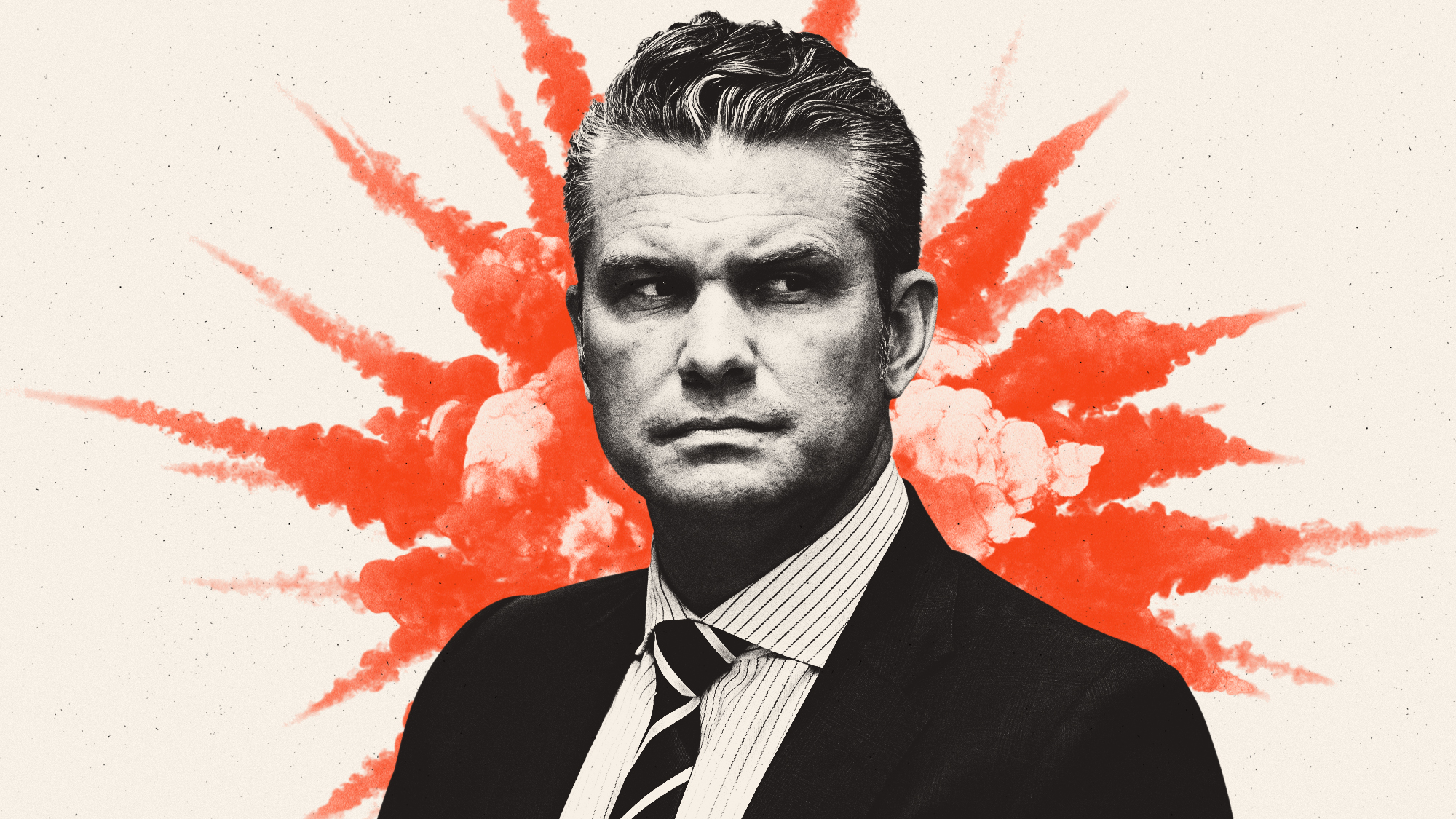 Are the US boat strikes a war crime?
Are the US boat strikes a war crime?Today’s Big Question Hegseth is defiant after Venezuela reports
-
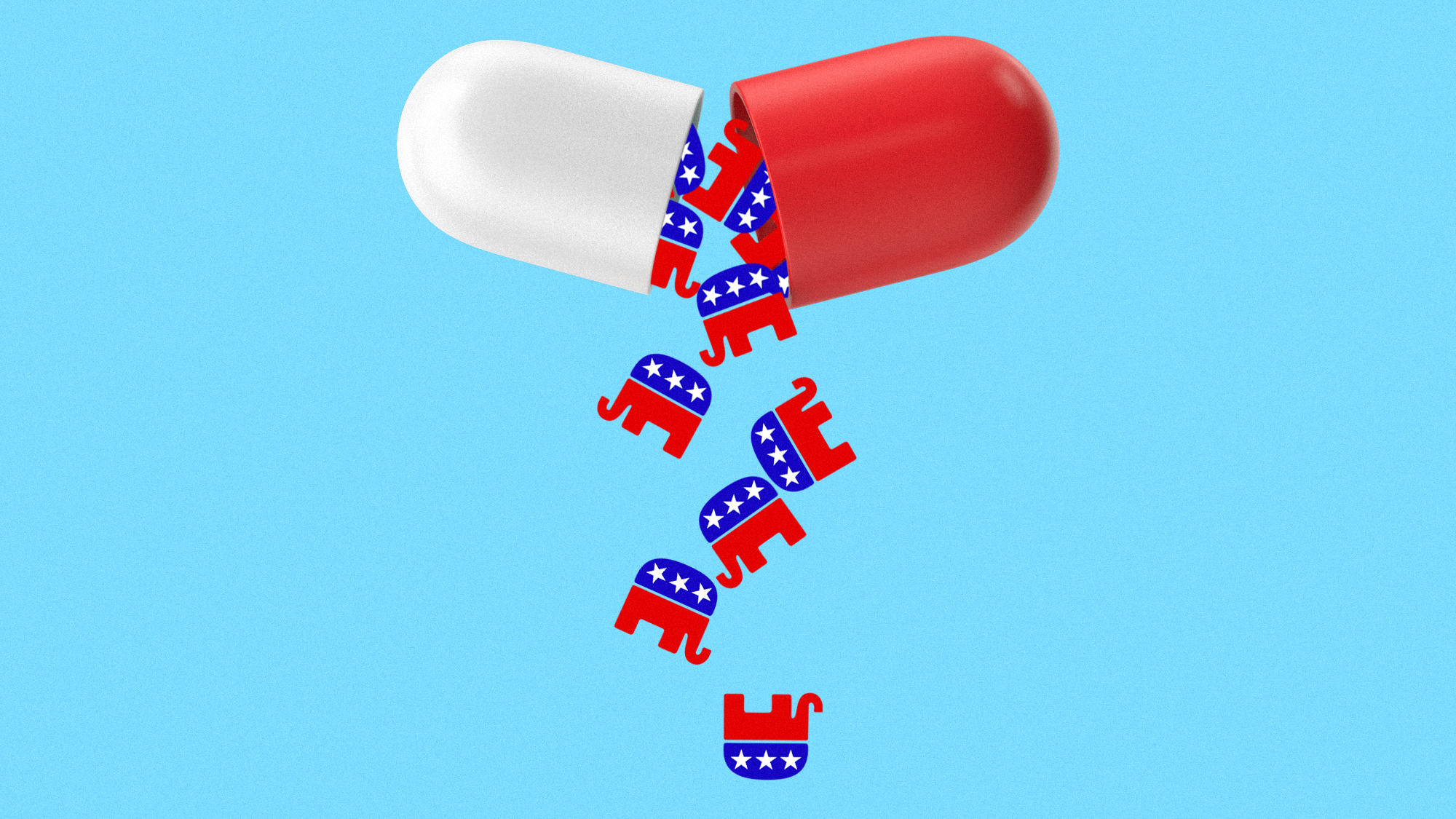 Are Republicans going to do a deal on health care?
Are Republicans going to do a deal on health care?Today's Big Question Obamacare subsidies are expiring soon
-
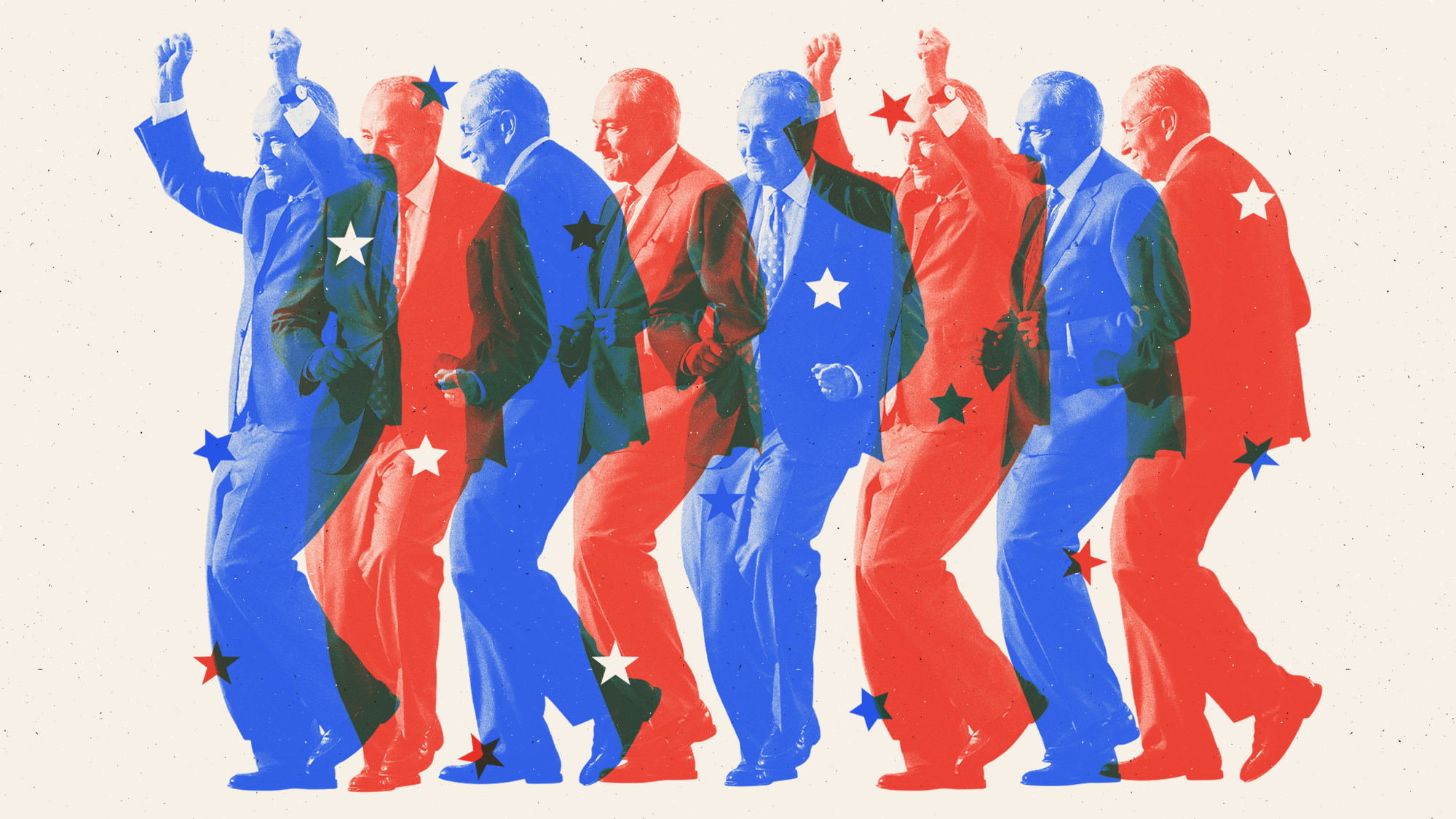 Will Chuck Schumer keep his job?
Will Chuck Schumer keep his job?Today's Big Question Democrats are discontented and pointing a finger at the Senate leader
-
 Why are China and Japan fighting over Taiwan?
Why are China and Japan fighting over Taiwan?Today's Big Question Comments on Taiwan draw Beijing's rebuke
-
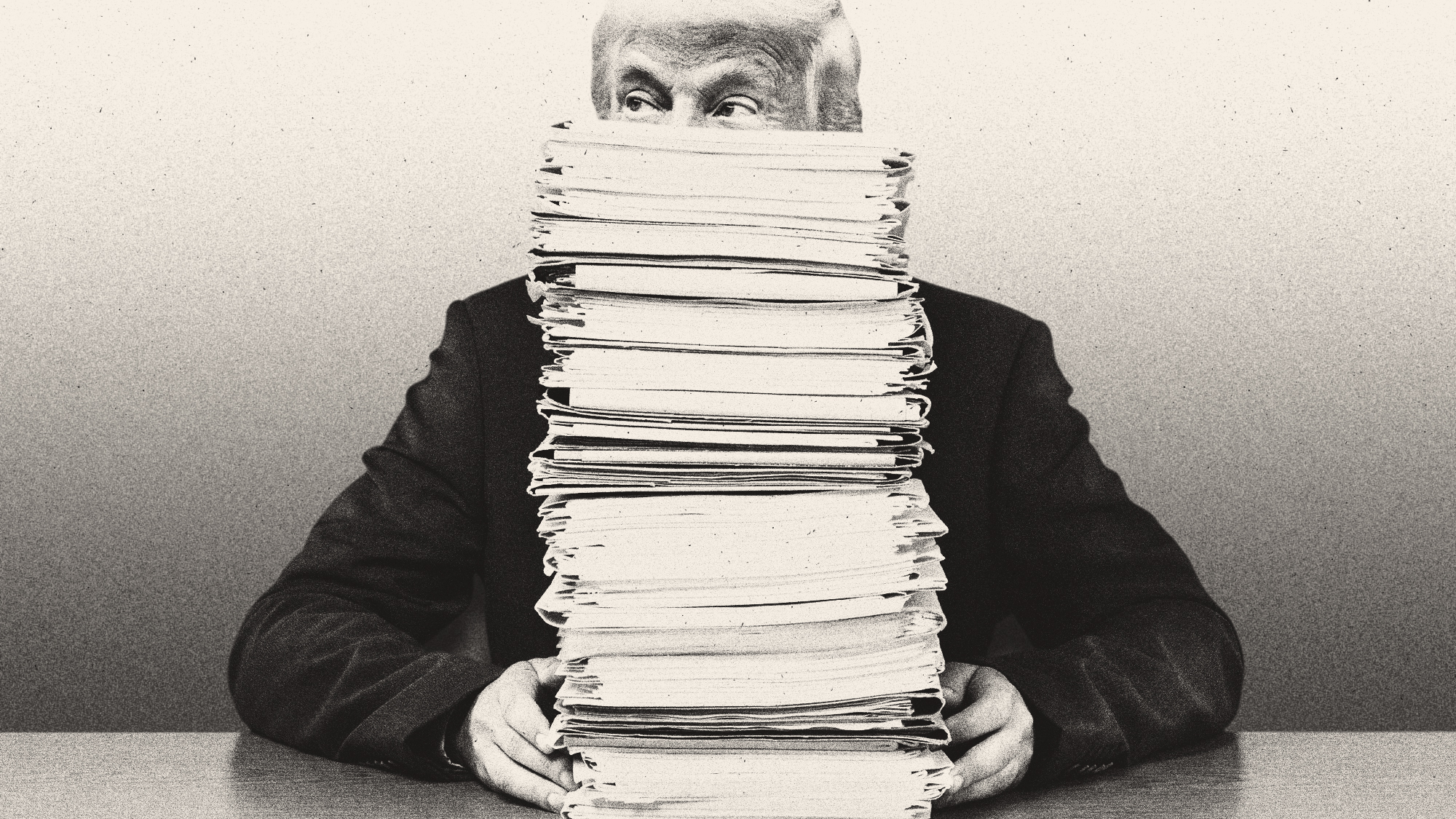 How are these Epstein files so damaging to Trump?
How are these Epstein files so damaging to Trump?TODAY'S BIG QUESTION As Republicans and Democrats release dueling tranches of Epstein-related documents, the White House finds itself caught in a mess partially of its own making
-
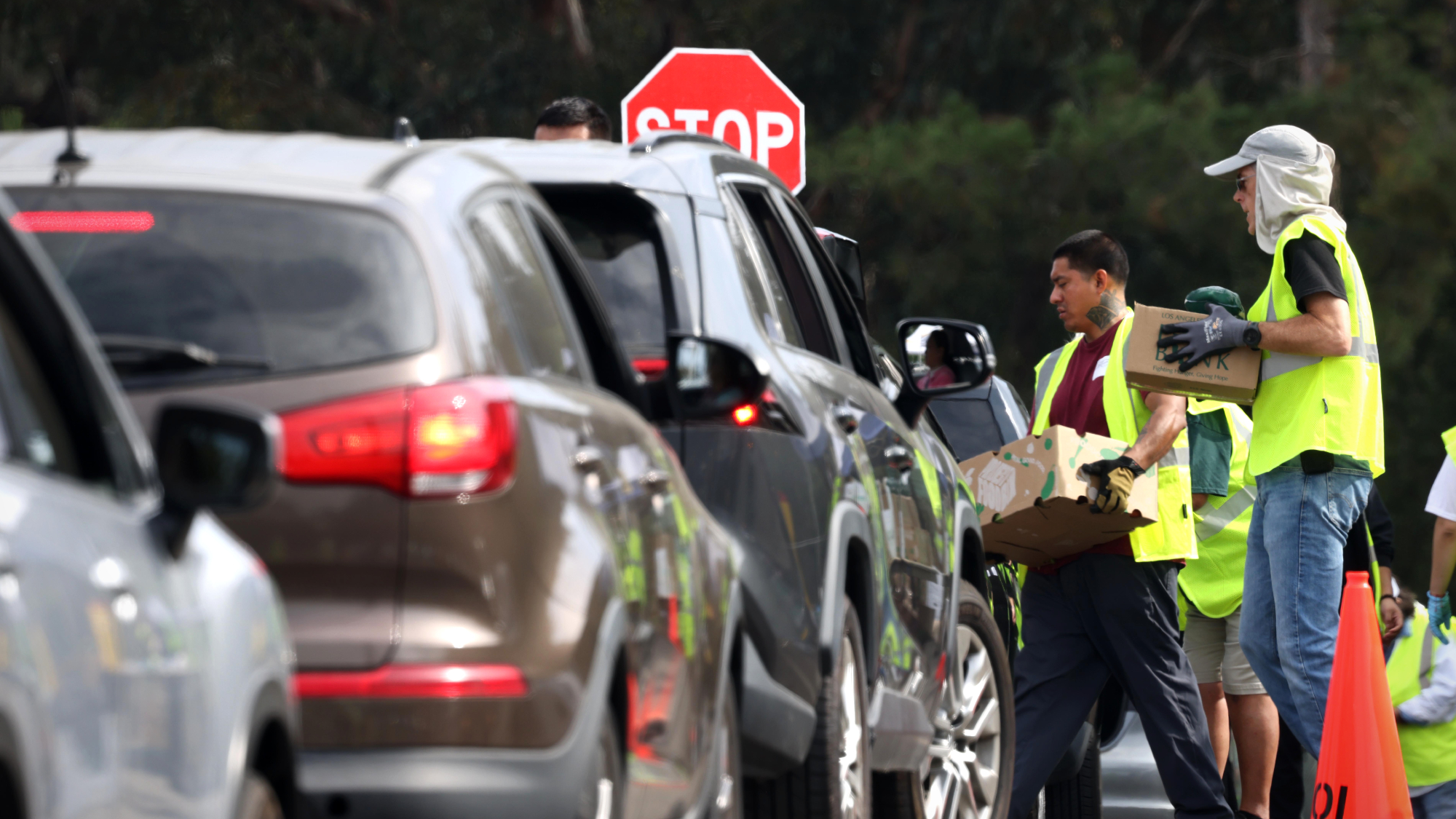 USDA orders states to ‘undo’ full SNAP payments
USDA orders states to ‘undo’ full SNAP paymentsSpeed Read The Trump administration is telling states not to pay full November food stamp benefits
